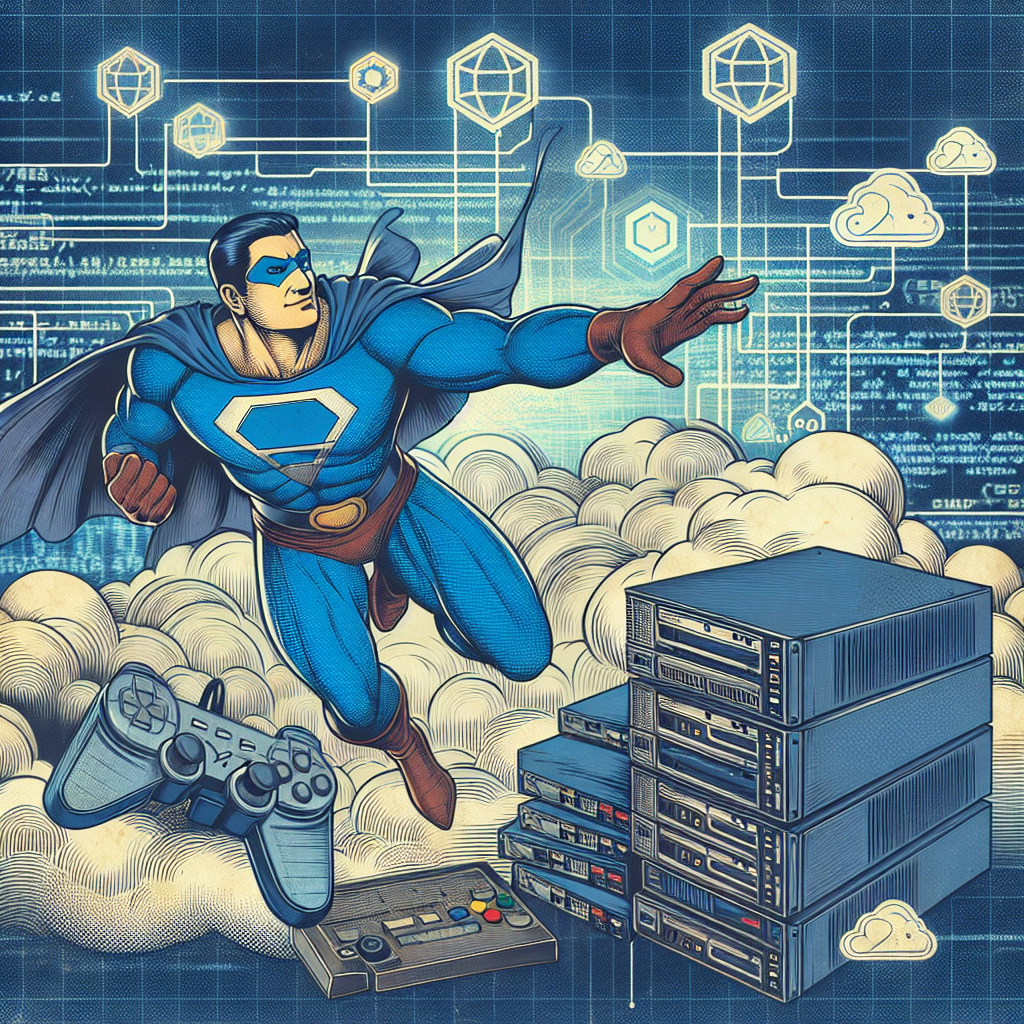Warner Bros. is setting its sights on a new horizon for its iconic franchises, with a strategic pivot towards live-service gaming experiences. This marks a significant shift from their previous endeavors, aiming to keep players engaged with their favorite characters and worlds on a continuous basis.
Warner Bros.’s New Gaming Strategy
Warner Bros. CEO David Zaslav has unveiled a new vision for the company’s gaming division, focusing on transforming their major franchises into live service models. This strategy aims to evolve from the traditional console and PC games with lengthy release cycles to a more dynamic, always-on gaming experience across multiple platforms, including free-to-play extensions.
| Traditional Release Schedule | Proposed Live Service Model |
|---|---|
| 3-4 year development cycles | Continuous updates and content |
| Single purchase, standalone titles | Free-to-play with in-game monetization |
| Primarily console and PC focused | Multiplatform accessibility |
The goal of this shift is to engage a broader audience, encouraging more players to spend more time on more platforms, thereby maximizing the value of Warner Bros.’s blue-chip properties like Game of Thrones, Harry Potter, and Superman.
Recent Gaming Ventures
Warner Bros. has seen varied success with its recent gaming titles. Hogwarts Legacy has been a standout, with players dedicating over 700 million hours to the game. This title has helped to revitalize the Harry Potter franchise, despite not being a traditional live service game.
- Hogwarts Legacy: Positive reception, high engagement
- Suicide Squad: Kill the Justice League: Mixed reactions, concerns over live service model
- Gotham Knights: Largely negative reception, criticized for live service elements
While Hogwarts Legacy has been a success, other titles like Suicide Squad: Kill the Justice League and Gotham Knights have received mixed to negative reactions, particularly for their implementation of live service features.
The Live Service Trend
The gaming industry has seen a significant shift towards live service games, which are designed to keep players engaged over a longer period of time. This model often includes continuous content updates, in-game events, and a focus on community and social interaction. However, this trend is not without its downsides.
One major concern is the increased demand on players’ time, with games often requiring a significant ongoing commitment to stay current. This can lead to FOMO (fear of missing out) mechanics, where players feel compelled to participate in every event or update to avoid falling behind.
Additionally, the live service model can sometimes prioritize monetization strategies, such as microtransactions and loot boxes, over the quality of the gaming experience. This has led to criticism from both players and industry commentators who prefer self-contained, single-purchase games that provide a complete experience without the need for additional spending.
Reflecting on the Future of Live Service Games
As the gaming industry continues to evolve, the future of live service games remains a topic of much debate. While this model has proven to be profitable, offering the potential for sustained revenue streams, it also raises questions about the long-term impact on gaming culture and player satisfaction.
Will the live service approach become the standard for all major franchises, or will there be a resurgence of interest in traditional, standalone titles? Only time will tell if the industry will continue to embrace this model or if gamers’ preferences will shift towards experiences that respect their time and investment without the need for perpetual engagement.

